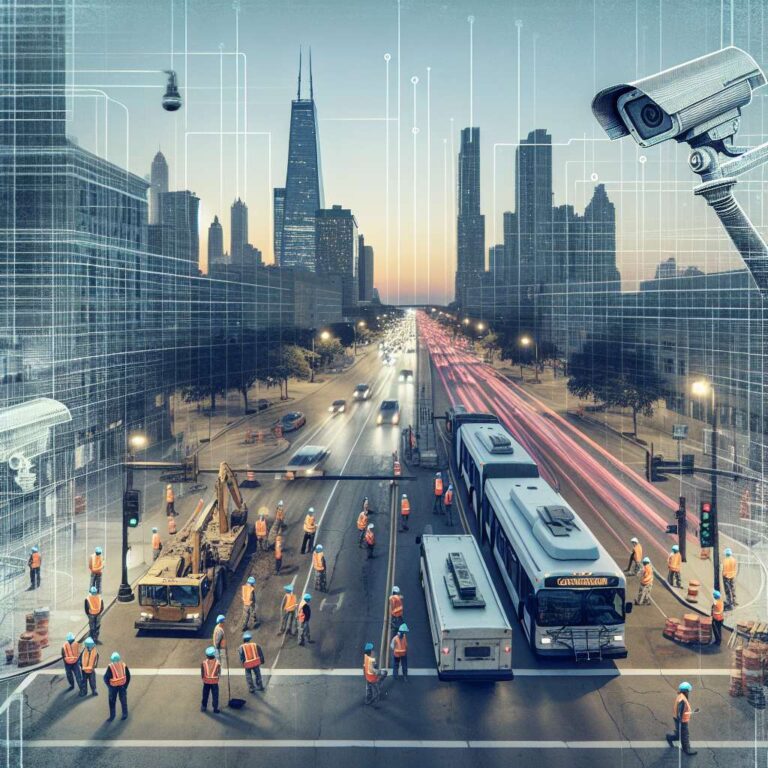NVIDIA is positioning physical artificial intelligence as the backbone of smarter, safer urban and industrial infrastructure. The company is collaborating with partners including Accenture, Avathon, Belden, DeepHow, Milestone Systems and Telit Cinterion to fuse video sensors, simulation and reasoning into systems that perceive, decide and act. Those systems aim to automate dangerous tasks around heavy machinery, boost transportation and public safety, and detect defects on factory lines, all while easing labor pressures and improving operational efficiency.
Several partner projects illustrate how this works in practice. Accenture and Belden have built a smart virtual fence using an OpenUSD-based digital twin and physics-grounded simulation to model robot-worker interactions; models are trained with NVIDIA Metropolis and deployed at the edge with DeepStream. Avathon leverages the Metropolis video search and summarization blueprint to deliver real-time insights for construction and energy sites, including a deployment with Reliance British Petroleum Mobility that raised safety compliance and cut thousands of work hours. DeepHow uses the VSS blueprint to convert procedures into bite-sized multilingual video guides, reducing onboarding time for Anheuser-Busch InBev by 80 percent. Milestone Systems is assembling a massive real-world computer vision data library, fine-tuning vision language models for intelligent transportation via NeMo Curator and exploring NVIDIA Cosmos Reason. Telit Cinterion integrated TAO Toolkit 6 and FoundationPose to provide multimodal visual inspection and low-code model development for manufacturers.
NVIDIA announced five Metropolis updates to speed physical artificial intelligence adoption. Cosmos Reason, a 7-billion-parameter reasoning vision language model, adds temporal and contextual video understanding and is optimized for edge-to-cloud deployment. VSS blueprint 2.4 lets developers augment pipelines with generative reasoning and finer-grained component selection. TAO Toolkit 6 introduces new vision foundation models, fine-tuning methods and self-supervised learning, while DeepStream adds an Inference Builder for smoother model rollout. Isaac Sim extensions generate rare-event datasets and human-robot interaction scenes to improve training realism. Expanded hardware support now includes RTX PRO 6000 Blackwell GPUs, DGX Spark and Jetson Thor, enabling development from the edge to the cloud. Cosmos Reason 1 and TAO 6.0 are available now, with VSS 2.4, Cosmos fine-tuning and DeepStream 8.0 on a sign-up cadence announced at SIGGRAPH.

